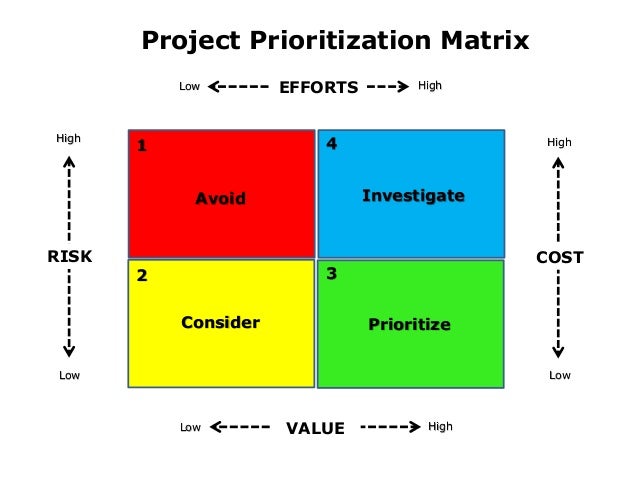
You can mix custom criteria, such as how it fits a specific business goal, with more traditional criteria like risk, revenue, urgency, effort, and more. Additionally, be mindful of how you score each feature and try to be as objective as possible. Tips: When using the Weighted Prioritization Matrix, involve stakeholders and team members in the criteria selection and weighting process to ensure alignment and buy-in.

ĭownload my Excel Sample here: Weighted Prioritization Matrix As a bonus, you can square the score to give higher scores more weight, e.g., the Weighted Sum of Squares.
Multiply each score by its corresponding weight and sum the results to calculate a final score for each feature. You can use any scale you want but keep it consistent. Score each feature on a scale of 1-n for how well it meets each criterion. Assign a weight to each criterion based on its relative importance. Identify the criteria you want to use to evaluate the features. To perform the Weighted Prioritization Matrix: The resulting scores are then multiplied by the weights to calculate a final score for each feature. It involves assigning a weight to each criterion and scoring each feature based on how well it meets each criterion. The Weighted Prioritization Matrix is a technique for prioritizing features based on multiple criteria. This method helps you frame the problem, and you will most certainly identify areas you should have thought of. When to Use: This method works great when you're starting a new project and want to understand a user's workflow. Also, involve your team and stakeholders in mapping to ensure alignment and buy-in. Tips: User Story Mapping is an iterative process that should be updated and revised regularly based on user feedback and changing business priorities. Prioritize the user stories based on their importance to the user journey (top to bottom). Organize the user stories, the groupings that represent the different activities along the way, and the workflows the user needs to perform to complete that activity. These stories should describe the user's goals, needs, and pain points. Start by breaking the product into smaller user stories. 
It helps you understand the user's journey and prioritize features based on their importance in achieving their goals. User Story Mapping is a powerful technique for visualizing a product's features and requirements through a map.
#Product prioritization matrix how to#
Let's walk through each of them with some basics on how to perform them and when to use them. Try them all and learn when to apply each one. Here are my five favorite techniques for prioritizing features and requirements:Įach technique has its strengths and situations where they work the best. With limited resources and time, it's important to focus on the features and requirements that will bring the most value to your customers. Product Management Techniques for PrioritizationĪs a Data Scientist, Analyst, or anyone developing a product or solution, you can borrow tools that Product Managers use to prioritize requirements.






 0 kommentar(er)
0 kommentar(er)
